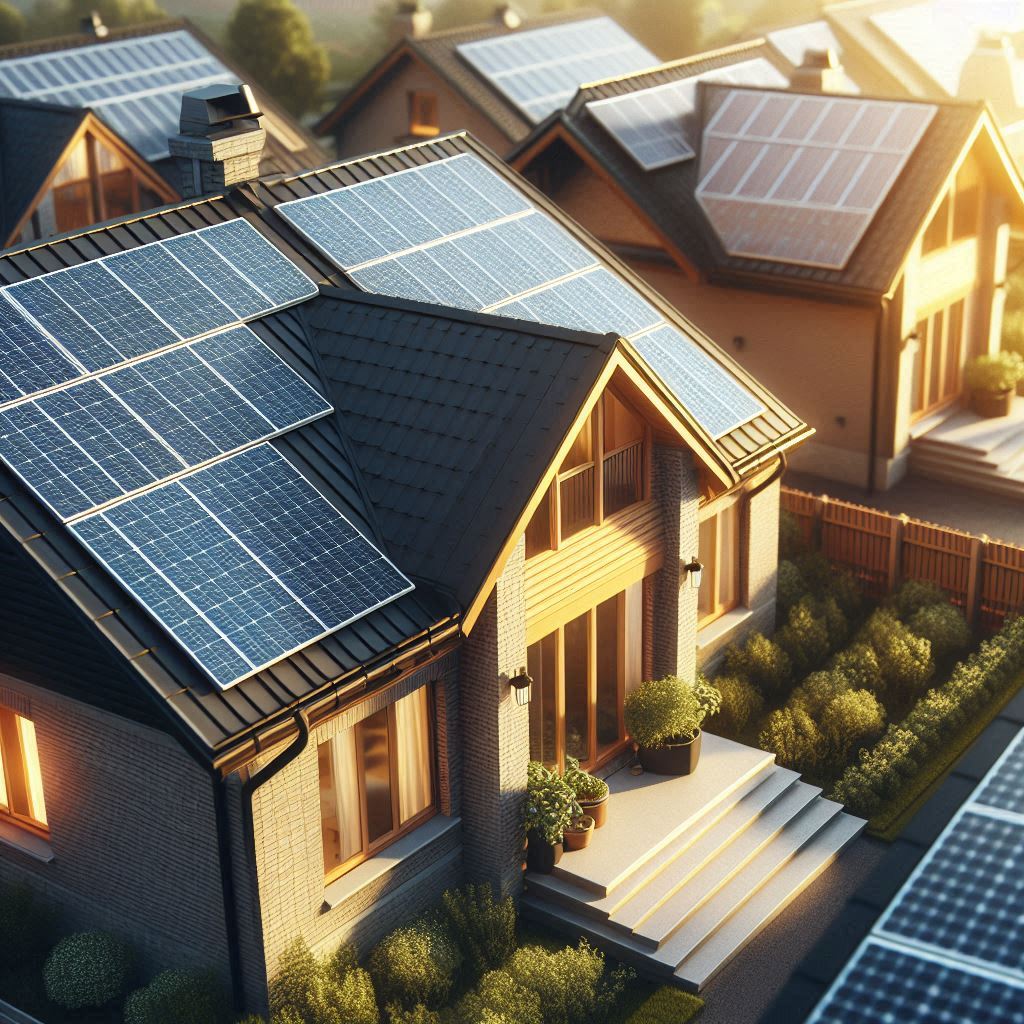Installing solar panels is a significant investment that promises to lower your energy bills and reduce your environmental footprint. However, one of the most important considerations when going solar is the payoff timeframe—the length of time it will take for the system to pay for itself through energy savings. This timeframe varies widely depending on factors such as location, available subsidies, utility costs, and even how the panels are mounted on your roof. In this article, we’ll dive into how these factors affect the overall return on investment (ROI) for solar panels.

1. Location: Sunshine Matters
The most obvious factor that affects the payoff timeframe is your location. Areas that receive more sunlight will naturally generate more energy from solar panels, leading to faster returns on your investment. For example, a home in Phoenix, Arizona with abundant sunlight year-round will typically see a faster payoff than a home in Seattle, Washington, where cloudy days are more frequent.
Here’s how location affects the payoff timeframe:
- High-Sunshine Areas: In states like California, Texas, and Nevada, solar panels generate more electricity because of the consistent sunny weather. This means you’ll offset your energy costs more quickly and reduce the payoff timeframe to as little as 5-10 years in some cases.
- Low-Sunshine Areas: In states with more overcast weather, such as Oregon or parts of the Midwest, the payoff timeframe may stretch to 10-15 years due to lower energy generation.
2. Subsidies and Incentives: Reducing Upfront Costs
Government incentives and subsidies can significantly reduce the upfront cost of installing solar panels, which shortens the payoff timeframe. The Federal Investment Tax Credit (ITC) in the United States currently allows homeowners to deduct 30% of the cost of installing solar from their federal taxes. Some states and municipalities also offer additional incentives, rebates, and grants to encourage solar adoption.
- Federal Incentives: The ITC alone can knock off a large portion of your upfront costs, reducing the time it takes for the panels to pay for themselves.
- State and Local Incentives: Depending on where you live, state programs or utility companies may offer rebates or performance-based incentives, which can further reduce your costs. For example, some states offer solar renewable energy credits (SRECs), which allow you to earn money for the energy your panels produce.
Without subsidies, the payoff timeframe can stretch by several years, so taking advantage of available incentives is crucial.
3. Utility Costs: Higher Rates = Faster Payoff
The local cost of electricity is another key factor in determining how quickly your solar panels will pay off. Areas with high utility rates will see faster returns, as the savings from generating your own electricity are more significant.
- High Utility Rates: In states like California or New York, where electricity rates are among the highest in the country, solar panels offer immediate and substantial savings. Homeowners in these states can see payoff periods as short as 5-10 years.
- Low Utility Rates: In states with cheaper electricity, such as Texas or Washington, the financial benefit of solar power may not be as immediate, extending the payoff timeframe to 15-20 years.
4. Mounting Techniques: The Efficiency Factor
How and where your solar panels are mounted can affect how much energy they generate, and thus how quickly they pay for themselves. There are two primary mounting options:
- Roof-Mounted Panels: These are the most common type, and their efficiency depends on factors like the angle of your roof, its orientation (south-facing roofs are optimal in the Northern Hemisphere), and any shading from nearby trees or buildings. If your roof is well-positioned and unobstructed, you’ll get better energy output and a shorter payoff timeframe.
- Ground-Mounted Panels: While less common for residential homes, ground-mounted panels can be angled and positioned to optimize sunlight exposure. However, installation costs can be higher due to the additional materials and space required, which may extend the payoff period.
Additionally, how well your system is maintained (such as keeping panels clean and free from obstructions) can also influence energy production and the overall return on investment.
5. Initial System Costs: Bigger Systems, Longer Payoff
The size of your solar panel system directly impacts the upfront costs and, consequently, the payoff period. Larger systems capable of powering bigger homes will cost more to install, which could extend the time it takes to recoup the investment. However, if your household uses a lot of electricity and your system can cover all or most of your usage, you’ll still see significant savings that help justify the cost over time.
- Smaller Systems: If you install a system to offset only part of your electricity usage, the upfront cost will be lower, and the payoff period will be shorter.
- Larger Systems: While a larger system may take longer to pay off, it can cover more of your energy needs, potentially bringing your net utility costs down to zero.
6. Additional Costs and Maintenance
While solar panels themselves have long lifespans (typically 25-30 years), there may be additional maintenance costs that could affect the overall savings you achieve. Inverters may need to be replaced every 10-15 years, and some homeowners opt to clean their panels regularly for optimal performance. These costs, though relatively small, can add to the long-term expense and slightly extend the payoff period.
Conclusion: Finding the Right Balance
There’s no one-size-fits-all answer when it comes to the payoff timeframe for solar panels. Factors like your geographic location, available subsidies, local utility rates, and how the system is installed all play a significant role in determining how quickly you’ll see returns. However, with the right combination of high sunlight, generous incentives, and rising utility costs, many homeowners are able to see a return on their investment in as little as 5-8 years.
If you’re considering solar, take time to explore local incentives and carefully evaluate your energy usage and the mounting conditions of your home to optimize your payoff timeframe and long-term savings.
